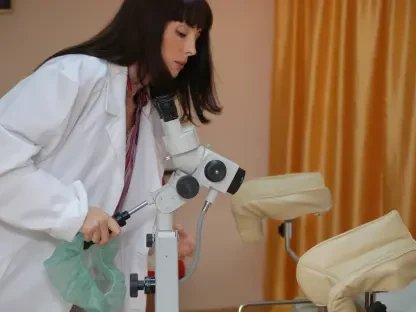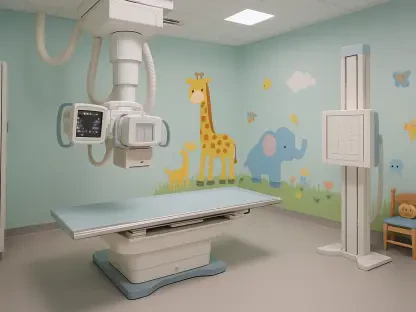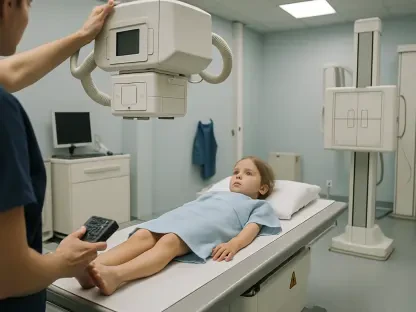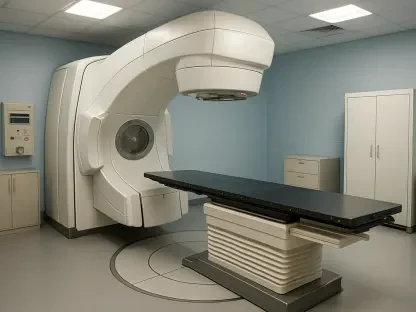The modern healthcare system grapples with persistent challenges in identifying and closing care gaps for patients, which often leads to disappointing care quality and missed opportunities for improving patient outcomes. Providers frequently struggle to access comprehensive patient information, thereby hampering their ability to deliver holistic care. Efficient communication between payers and providers is crucial for addressing these gaps, yet the current methods are often unwieldy and ineffective, contributing to a fragmented care delivery system.
The Problem of Care Gaps
Providers usually remain unaware of their patients’ existing or potential care gaps due to the inadequacy of the current information systems. The prevalent approach wherein providers need to access multiple payer portals to retrieve essential care gap data exacerbates the already congested desktop scenario. This results in significant frustration among healthcare professionals, as they miss vital opportunities to enhance patient care.
Research highlights the magnitude of this problem: only 8% of patients receive all the recommended preventive care, and nearly 5% receive none at all. This substantial care gap signals an urgent requirement for improved systems that can relay crucial information effectively to healthcare providers. Without streamlined communication, these gaps persist, causing adverse outcomes for patients who miss out on necessary preventive measures.
The Cumbersome Workflow
Healthcare providers are often overwhelmed by managing six to twenty technological tools, including external EHR portals that are meant to aid patient care. Although these tools offer individual benefits, when used collectively, they create a convoluted workflow that hinders effective patient management.
The reliance on external EHR systems leads to a workflow that is time-consuming, error-prone, and sometimes unreliable. Additionally, the fragmentation of information transfer through such channels further complicates the providers’ already complex workload. It often results in critical patient data being buried within multiple platforms, thereby reducing the chances of timely interventions.
The Need for Integration
To ensure care gap information is impactful, it is imperative that it gets seamlessly integrated into the provider’s workflow directly at the point of care. Adding more tools or steps to the workflow without addressing fundamental issues only compounds the problem. There is a pressing need for a singular, aggregated view that consolidates care gap data from various payers into an easily accessible format.
A unified approach that consolidates care gap information can significantly alleviate the burden on practice staff, thereby improving the timeliness and effectiveness of addressing these gaps. It can enhance the overall workflow by reducing the number of external portals providers need to access, ensuring that vital care gap data is utilized promptly.
The Criteria for an Effective Solution
An ideal solution to bridge care gaps should integrate streamlined tools that are EHR-agnostic and free for provider usage. It must deliver care gap alerts directly into the patient’s EHR at the point of care, ensuring timely and relevant alerts that present patient-specific considerations. This is critical as it allows providers to evaluate and address potential care gaps during consultations, fostering a more proactive approach to patient care.
Effective solutions should consolidate information from multiple payers into a single common workflow and must be user-friendly to ensure adoption by healthcare practitioners. Such solutions will greatly reduce the need for providers to toggle between multiple platforms and systems, making the entire process more efficient and error-free.
Introducing Veradigm Payer Insights
Veradigm Payer Insights is designed to meet these essential criteria. This system integrates directly with the providers’ existing EHR systems, generating care gap alerts within the patient record and facilitating seamless workflow integration. When Veradigm Payer Insights identifies a potential care gap, a provider-facing alert appears within the patient’s EHR. This direct integration significantly increases the likelihood of providers addressing care gaps promptly.
By embedding directly into the clinical workflow, Veradigm Payer Insights ensures that crucial care gap information is readily accessible to providers. This integration means that providers no longer face the cumbersome task of navigating multiple portals, thereby freeing them to focus more on patient care.
How Veradigm Payer Insights Works
Veradigm Payer Insights connects to the practice’s EHR to analyze upcoming appointments and identify eligible patients. Patient data is then sent to relevant payers within a network of over 100 payers for analysis, which in turn returns alerts to the practice. Providers receive these alerts as visual prompts in the patient’s EHR, outlining the pertinent considerations for evaluation and action during the patient visit.
This system enhances the communication process, saving significant time and effort for healthcare providers by ensuring that vital care gap information is accessible at the point of care. The efficiency and real-time nature of this system help providers streamline their efforts towards identifying and addressing care gaps.
The Benefits of an Integrated System
The modern healthcare system faces ongoing issues in pinpointing and closing care gaps for patients, which often leads to slipping care quality and missed chances for better patient outcomes. Providers consistently encounter difficulties in accessing complete patient information, hindering their capacity to offer comprehensive care. Effective communication between payers and providers is vital for addressing these gaps, but current methods are frequently cumbersome and inefficient, causing a fragmented care delivery system. The lack of streamlined processes and technological integration exacerbates these issues, making it difficult for healthcare professionals to coordinate and share critical patient information effectively. Moreover, this fragmentation not only affects care quality but also contributes to burnout among healthcare workers, further straining the system. Overall, modern healthcare needs a more integrated approach, combining improved data access and better communication channels to enhance patient care and outcomes.









